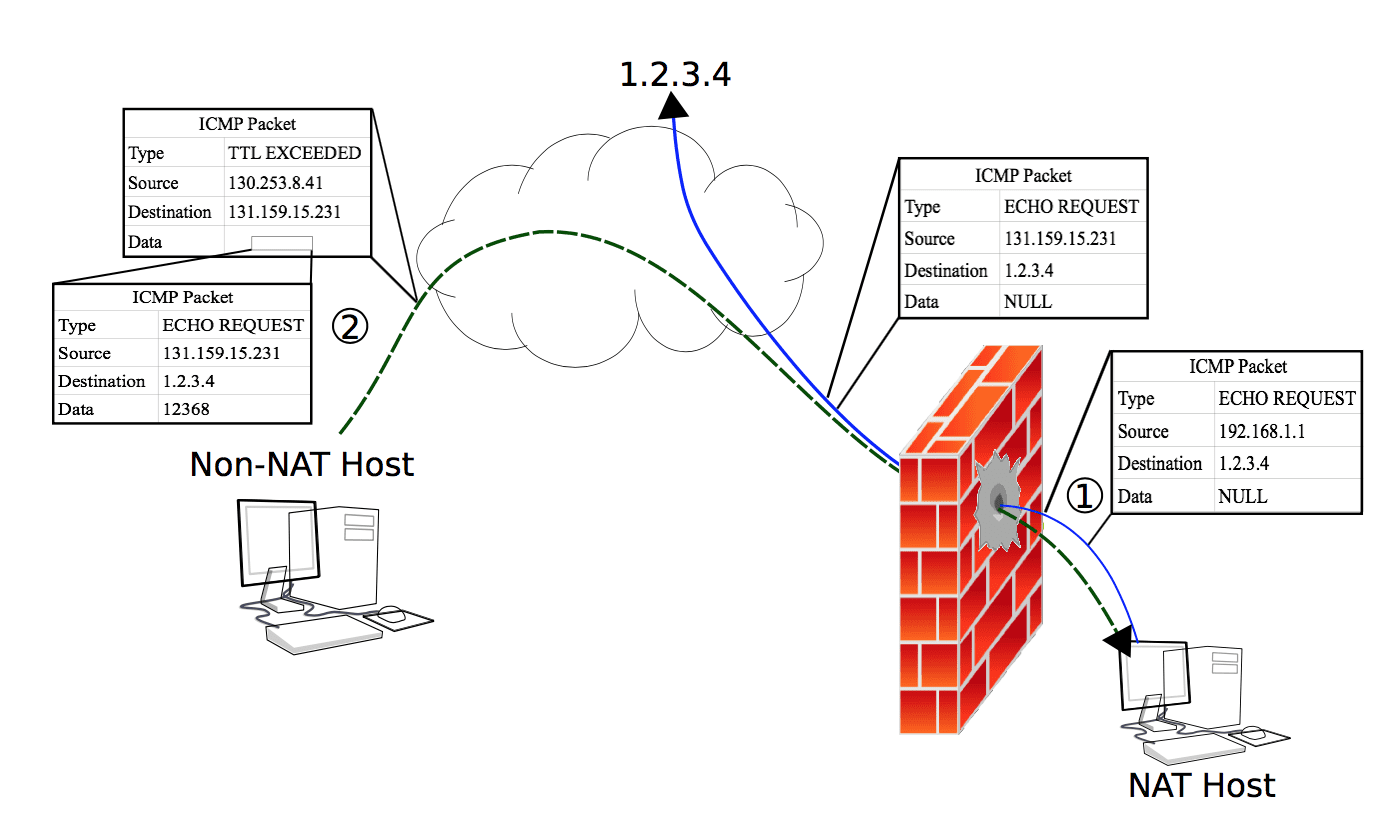NAT Tunnel: to effortlessly serve from behind NAT

NAT Tunnel
If you have access to a server with public IP and unfiltered ports you can run NAT Tunnel (NT) server on the server, and NT client on your box behind NAT. the server requires 2 open ports: one for communication with the NT client (–admin), the other for regular clients to connect to (–public: this is the port you want your users to use).
The NT client opens a connection to the server’s admin ip/port. As soon as the server receives a new connection, it signals the NT client, which then creates a new tunnel connection to the server, which is then connected to the desired service on the NT client’s side (–local)
The connection between the NT Client and NT Server on the admin interface is protected by a shared secret against unauthorized use. An adversary who can intercept packets could crack the secret if it’s of insufficient complexity. At least 10 random characters and numbers are recommended.
Download
git clone https://github.com/rofl0r/nat-tunnel.git
Example: You have an HTTP server listening on your local machine on port 80. You want to make it available on your cloud server/VPS/etc’s public IP on port 7000. We use port 8000 on the cloud server for the control channel.
Server:
natsrv.py –mode server –secret s3cretP4ss –public 0.0.0.0:7000 –admin 0.0.0.0:8000
Client:
natsrv.py –mode client –secret s3cretP4ss –local localhost:80 –admin example.com:8000
Copyright (C) 2018 rofl0r
Source: https://github.com/rofl0r/





